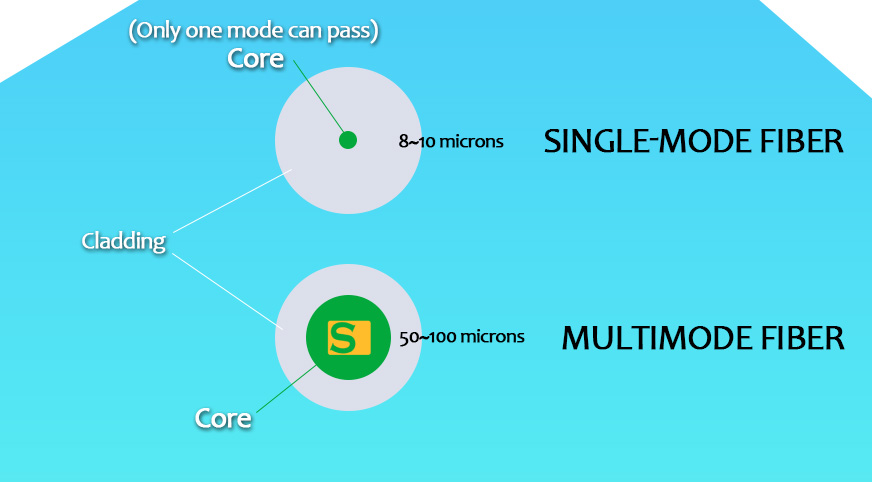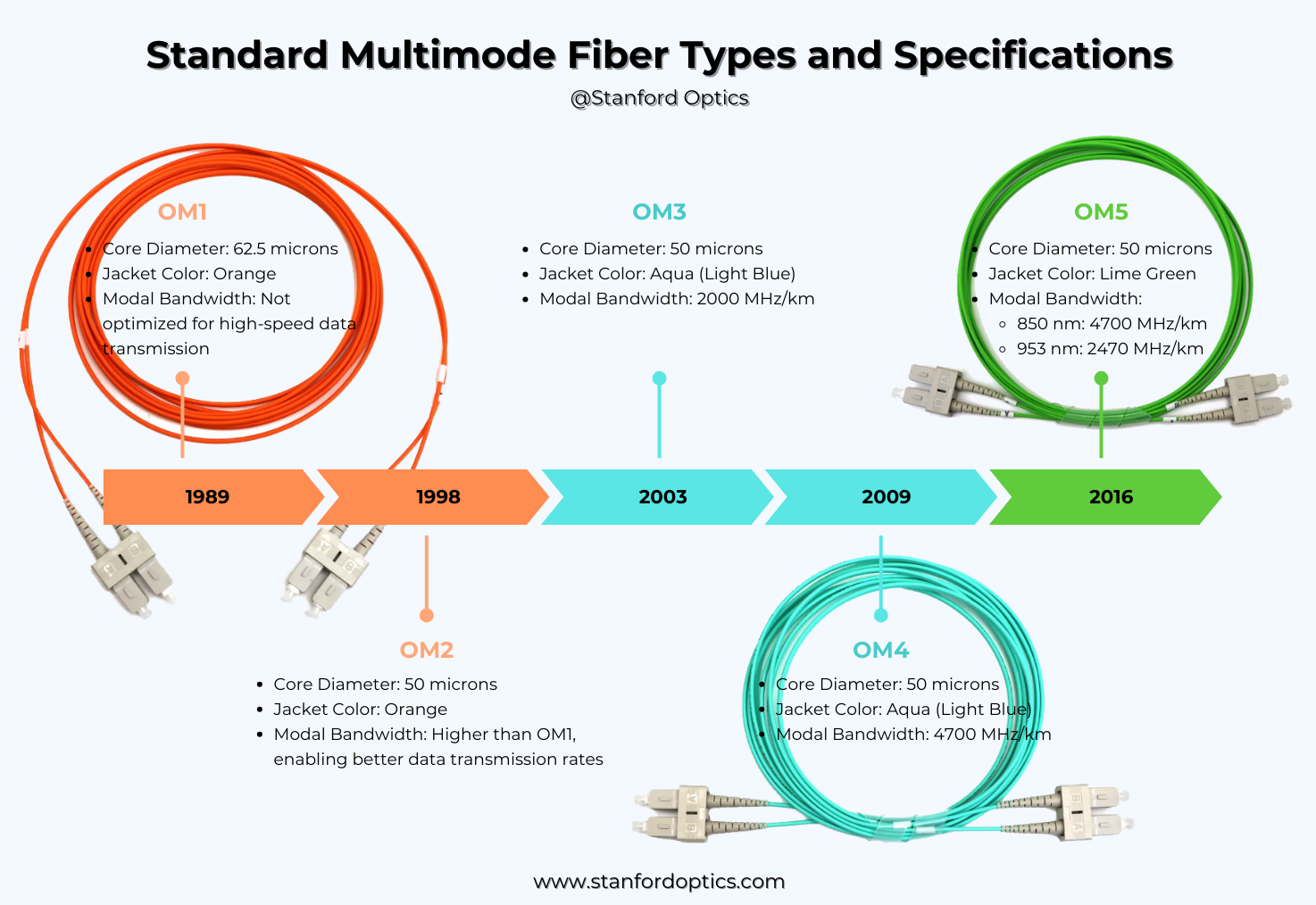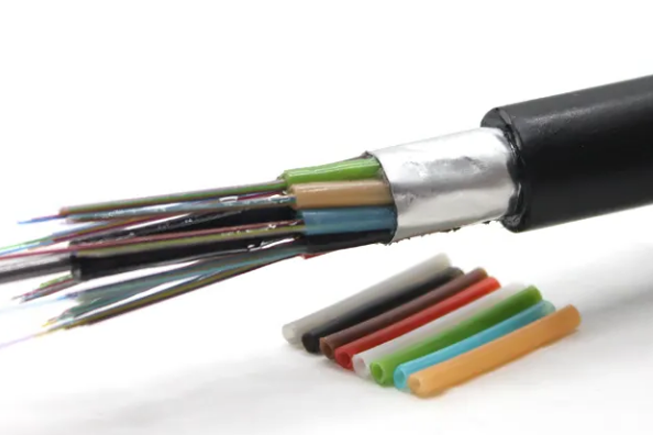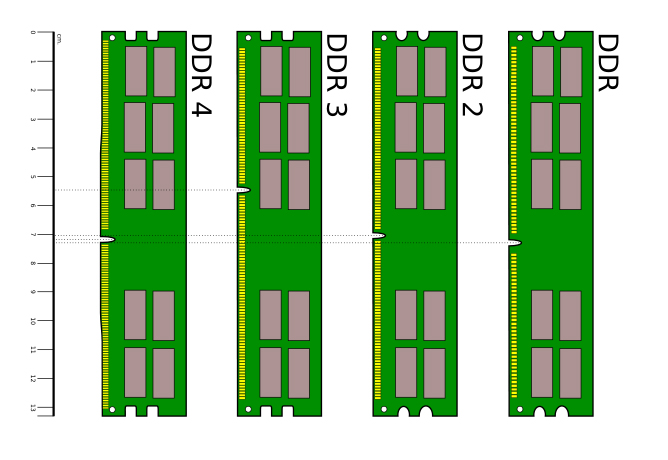
Everything You Need to Know About Multimode Fiber Cable
1. Introduction
In an era where data traffic is growing exponentially, the demand for reliable and efficient data transmission solutions is more pressing than ever. Multimode fiber optics cater to this need by providing high-bandwidth connections essential for data centers, enterprise networks, and campus infrastructures. This document aims to explore the various aspects of multimode fiber cables, helping readers gain a comprehensive understanding of their benefits and application areas.
2. What is Multimode Fiber Cable?
Multimode fiber (MMF) is a type of optical fiber designed to carry multiple light modes simultaneously. Unlike single-mode fibers, which have a small core diameter (typically around 9 micrometers) and transmit one light mode at a time, multimode fibers have larger cores (ranging from 50 to 100 micrometers). This design allows multiple pathways for light to travel, making multimode fibers suitable for shorter distance communications where signal dispersion is less of a concern. A typical multimode fiber consists of a core, a cladding, and a coating.

3. Structure of an Optical Fiber
Core
The core is the heart of the fiber where light travels. In multimode fibers, the core is significantly larger, allowing multiple light modes to propagate simultaneously. This characteristic is beneficial for high-bandwidth applications over shorter distances.
Cladding
Encasing the core, the cladding has a lower refractive index than the core. This difference in refractive indices facilitates total internal reflection, ensuring that light remains confined within the core as it travels along the fiber.
Coating
The outermost layer, or coating, serves as a protective barrier against physical damage and environmental factors. It is typically made from a durable polymer that adds strength and flexibility to the fiber.
Total Internal Reflection
Total internal reflection is the principle that keeps light confined within the core. When light traveling in the core strikes the boundary with the cladding at an angle greater than the critical angle, it reflects entirely back into the core without any loss of signal.
Functions and Roles of Each Part
- Core: Transmits the light signals carrying data.
- Cladding: Maintains the light within the core through internal reflection.
- Coating: Protects the fiber from external damage and preserves signal integrity.
Together, these components ensure efficient and reliable data transmission in multimode fiber systems.
4. Advantages of Multimode Fiber Cable
Cost-Effectiveness
Compared to single-mode fibers, multimode fibers are generally less expensive to manufacture and deploy. The larger core diameter allows the use of cheaper light sources like LEDs and Vertical-Cavity Surface-Emitting Lasers (VCSELs), reducing overall installation costs.
High Bandwidth Capability
Multimode fibers support high bandwidths, making them ideal for data-intensive applications such as data centers and high-performance computing environments. Their ability to handle multiple light modes simultaneously enhances data transmission rates.
Ease of Installation and Maintenance
The larger core diameter of multimode fibers makes them easier to install and align, reducing the complexity of termination and splicing. This ease translates to lower labor costs and quicker deployment times.
Compatibility and Flexibility
Multimode fibers are compatible with a variety of light sources and networking equipment. Their flexibility allows for easier integration into existing infrastructures, providing versatile solutions for different networking needs.
Additional Advantages
- Scalability: Multimode fibers can accommodate future upgrades in bandwidth requirements without significant infrastructure changes.
- Low Signal Loss over Short Distances: They exhibit minimal signal attenuation over the distances typically used in buildings and campuses.
5. Types of Multimode Fiber
OM1, OM2, OM3, OM4, OM5 Specifications
Multimode fibers are categorized based on their Optical Multimode (OM) rating, which indicates their performance characteristics:
- OM1: 62.5/125 µm core/cladding with a bandwidth of 200 MHz·km at 850 nm.
- OM2: 50/125 µm core/cladding with a bandwidth of 500 MHz·km at 850 nm.
- OM3: Optimized for laser-based equipment with a bandwidth of 2000 MHz·km at 850 nm.
- OM4: Enhanced performance with a bandwidth of 4700 MHz·km at 850 nm, suitable for higher-speed applications.
- OM5: Designed for Shortwave Wavelength Division Multiplexing (SWDM), supporting higher data rates and parallel optical channels.

Applicable Scenarios
Each OM category is tailored for specific applications:
- OM1 & OM2: Suitable for legacy systems and standard networking environments.
- OM3 & OM4: Ideal for modern data centers requiring high-speed data transmission.
- OM5: Best for cutting-edge applications involving SWDM and quantum computing.
Factors to Consider When Choosing the Right Type
When selecting a multimode fiber type, consider:
- Bandwidth Requirements: Higher OM ratings offer greater bandwidth.
- Transmission Distance: Higher performance fibers support longer distances.
- Future-Proofing Needs: Choose a fiber that can accommodate anticipated upgrades.
- Budget Constraints: Balance performance needs with cost considerations.
6. Applications of Multimode Fiber
Local Area Networks (LAN)
Multimode fibers are extensively used in LAN setups within buildings and campuses, providing robust and high-speed connections between workstations, servers, and network devices.
Data Centers
In data centers, multimode fibers facilitate efficient interconnects between servers, storage systems, and networking equipment, supporting massive data flows with minimal latency.
Campus Networks
Educational institutions leverage multimode fibers to connect various buildings and facilities, ensuring seamless communication and data sharing across the campus.
Surveillance and Security Systems
High-resolution video feeds and real-time monitoring systems benefit from the high bandwidth and reliability of multimode fibers, enhancing security infrastructure.
Audio-Visual Systems
Multimode fibers transmit high-quality audio and video signals with minimal loss, making them ideal for conference rooms, auditoriums, and entertainment venues.
Other Applications
- Telecommunications: Supporting backbone connections within service provider networks.
- Industrial Automation: Enabling reliable data transmission in harsh environments.
- Healthcare: Connecting medical equipment and facilitating data exchange in hospitals.
7. Comparison Between Multimode and Single-Mode Fiber
Core Diameter
- Multimode Fiber: Larger core (50-100 µm), allowing multiple light modes.
- Singlemode Fiber: Smaller core (9 µm), supporting a single light mode.
Transmission Distance
- Multimode Fiber: Suitable for short to medium distances (up to 2 km).
- Singlemode Fiber: Ideal for long-distance transmissions (up to 100 km or more).
Light Source
- Multimode Fiber: Uses LEDs or VCSELs, which are cost-effective but lower in performance.
- Singlemode Fiber: Employs laser diodes, offering higher performance and longer reach.
Cost Consideration
- Multimode Fiber: Generally cheaper in terms of both fiber and associated equipment.
- Singlemode Fiber: Higher initial costs but offers superior performance for long distances.
Typical Applications
- Multimode Fiber: Data centers, LANs, and short-distance networking.
- Singlemode Fiber: Telecom networks, long-haul data transmission, and high-speed internet backbone.
Read more: Single Mode vs. Multimode Fiber: Key Differences and How to Choose
8. Signal Attenuation Sources in Multimode Fiber
Absorption Loss
Occurs when the fiber material absorbs some of the light energy, converting it into heat. Impurities and defects in the fiber can increase absorption loss.
Scattering Loss
Light scattering results from imperfections in the fiber or from inherent material properties, causing light to deviate from its original path.
Bending Loss
Sharp bends or improper handling of the fiber can cause light to escape the core, leading to signal loss. Both tight bends and microbends contribute to bending loss.
Cladding Modes
Light can sometimes propagate in the cladding instead of the core, leading to additional loss as these modes do not contribute to effective signal transmission.
9. Launch Conditions
Undersized Launch Conditions
It occurs when the optical source launches light into the fiber with a smaller mode field diameter than the optimal size, leading to signal attenuation and reduced bandwidth.
Oversized Launch Conditions
Happens when too much light is emitted into the fiber, causing modal dispersion and increased signal loss over longer distances.
Best Launch Practices
- Proper Alignment: Ensure the light source is correctly aligned with the fiber core.
- Optimized Launch Aperture: Match the mode field diameter of the fiber to the emission pattern of the light source.
- Use of Launch Aperture Devices: Utilize devices that control the light coupling into the fiber to maintain optimal launch conditions.
10. Installation and Maintenance
Ease of Installation
The larger core diameter and greater tolerance for misalignment make multimode fibers easier to install compared to single-mode fibers. This reduces the complexity and time required for deployment.
Cost Efficiency
Lower component costs, including connectors and transceivers, contribute to the overall cost-effectiveness of multimode fiber installations.
Maintenance Best Practices
- Regular Inspection: Periodically check fiber connections and integrity to prevent signal degradation.
- Proper Handling: Avoid bending the fiber beyond recommended limits and protect it from physical damage.
- Cleaning Connectors: Ensure that connectors are clean and free from contaminants to maintain optimal signal quality.
- Documentation: Keep detailed records of fiber paths and configurations for troubleshooting and future upgrades.
11. Conclusion
Multimode fiber optics offer a balanced combination of performance, cost-effectiveness, and ease of installation, making them an excellent choice for a wide range of networking applications. Their ability to handle high bandwidths over short to medium distances makes them indispensable in environments like data centers, enterprise networks, and educational campuses. Understanding the structure, advantages, and best practices associated with multimode fibers enables organizations to leverage this technology effectively, ensuring reliable and efficient data transmission.
If you're seeking high-quality multimode fiber optic cables for diverse networking needs, Stanford Optics is the perfect choice. As a leading provider of fiber optic solutions, we offer a broad range of multimode cables, including OM1, OM2, OM3, and OM4, supporting network speeds from 1 Gb/s to 100 Gb/s. We are committed to delivering premium, reliable products to ensure your data transmission is both efficient and stable.
12. Frequently Asked Questions (FAQs)
What is the transmission range of multimode fiber?
Multimode fibers can transmit data up to approximately 550 meters for 10 Gigabit Ethernet transmissions and up to 2 kilometers for Gigabit Ethernet transmissions, making them ideal for short to medium-distance networking applications.
Learn More: For detailed insights, check out How Far Can Multimode Fiber Optic Cables Transmit?.
How does multimode fiber compare to single-mode fiber?
Multimode fibers have larger core diameters, support multiple light modes, and are generally less expensive for short-distance applications. In contrast, single-mode fibers have smaller cores, support only a single light mode, and are suited for long-distance and high-bandwidth transmissions.
Refer to: Single Mode vs. Multimode Fiber: Key Differences and How to Choose.
What types of multimode fiber are available?
Multimode fibers are categorized into OM1, OM2, OM3, OM4, and OM5, each with varying bandwidth and distance capabilities to suit different networking needs.
See: OM1 vs OM2 vs OM3 vs OM4 vs OM5: Multimode Fiber Cable Types.
Is multimode fiber suitable for long-distance transmissions?
While multimode fibers excel in short to medium-distance applications, they are not typically recommended for long-distance transmissions due to higher attenuation and modal dispersion compared to single-mode fibers.
What are the cost considerations when choosing multimode fiber?
When opting for multimode fiber, consider factors such as the initial cost of fibers and components, installation expenses, and long-term maintenance. Multimode fibers are generally more cost-effective for shorter distances and high-bandwidth requirements within budget constraints.




